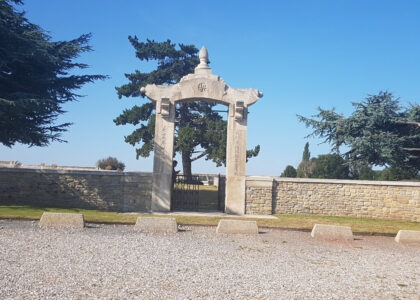Welcome to the Iron Island Museum in Buffalo, New York, a place where history and mystery intertwine. This unique museum is housed in a former church and funeral home, giving it an intriguing aura that fascinates both history buffs and paranormal enthusiasts alike.
The building that now hosts the Iron Island Museum was constructed in the late 19th century, originally serving the community as a Methodist church. By the 1950s, the structure transitioned into a funeral home, a role it maintained for several decades. This transformation from a place of worship to a site of memorial services is a testament to the building’s adaptability and the community’s changing needs.
In the early 2000s, the building was saved from demolition by a group of local historians and paranormal enthusiasts who transformed it into the Iron Island Museum. The museum is named after the neighborhood’s historical moniker, ‘Iron Island’, a nod to the area’s industrial past and its position bordered by railroad tracks.
One of the most captivating aspects of the museum is its reputation for being haunted. Numerous visitors and paranormal investigators have reported sightings and unexplained phenomena, attributing them to the building’s funeral home past. These ghostly tales have not only captured the imagination of many but have also made Iron Island a popular destination for those interested in the supernatural.
The museum also serves as a community hub, preserving the local history of Buffalo’s Lovejoy district. Exhibits include a wide range of artifacts that showcase the rich cultural heritage of the area, from military memorabilia to vintage photographs and local sports history. It stands as a testament to the community’s resilience, preserving memories of everyday life alongside tales of the uncanny.
Iron Island Museum’s role extends beyond local history; it is a participant in the broader narrative of how communities repurpose spaces to preserve their heritage. By saving and transforming this building, the museum not only protects the past but also provides a platform for exploring the unknown, making history accessible and engaging for all visitors.




